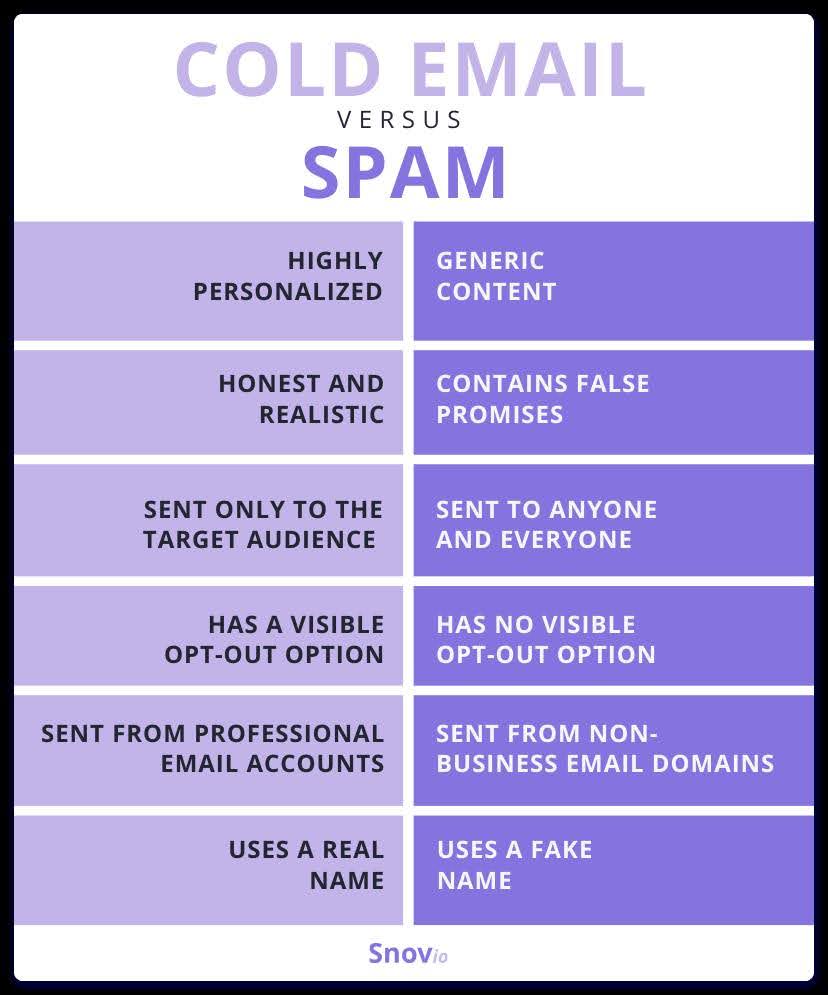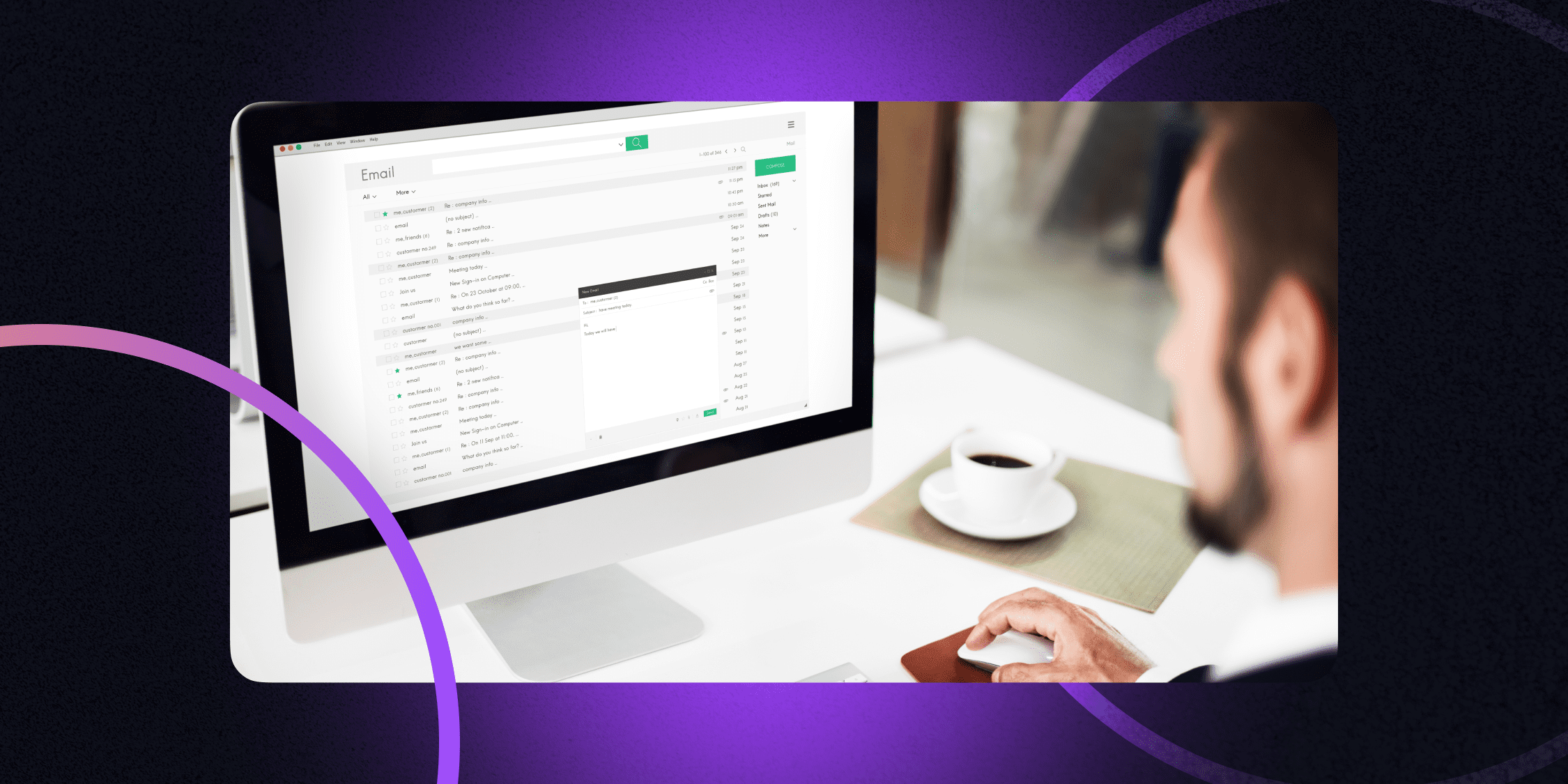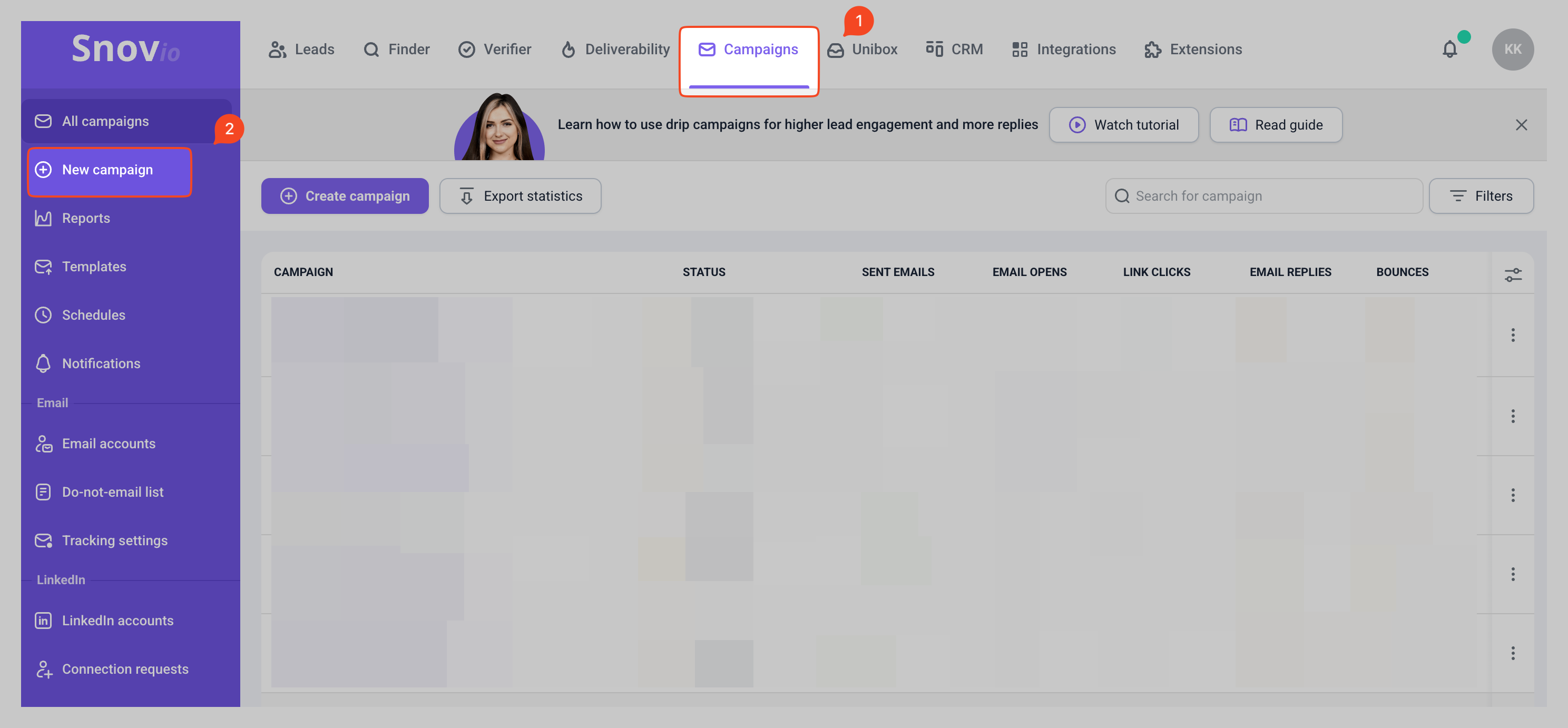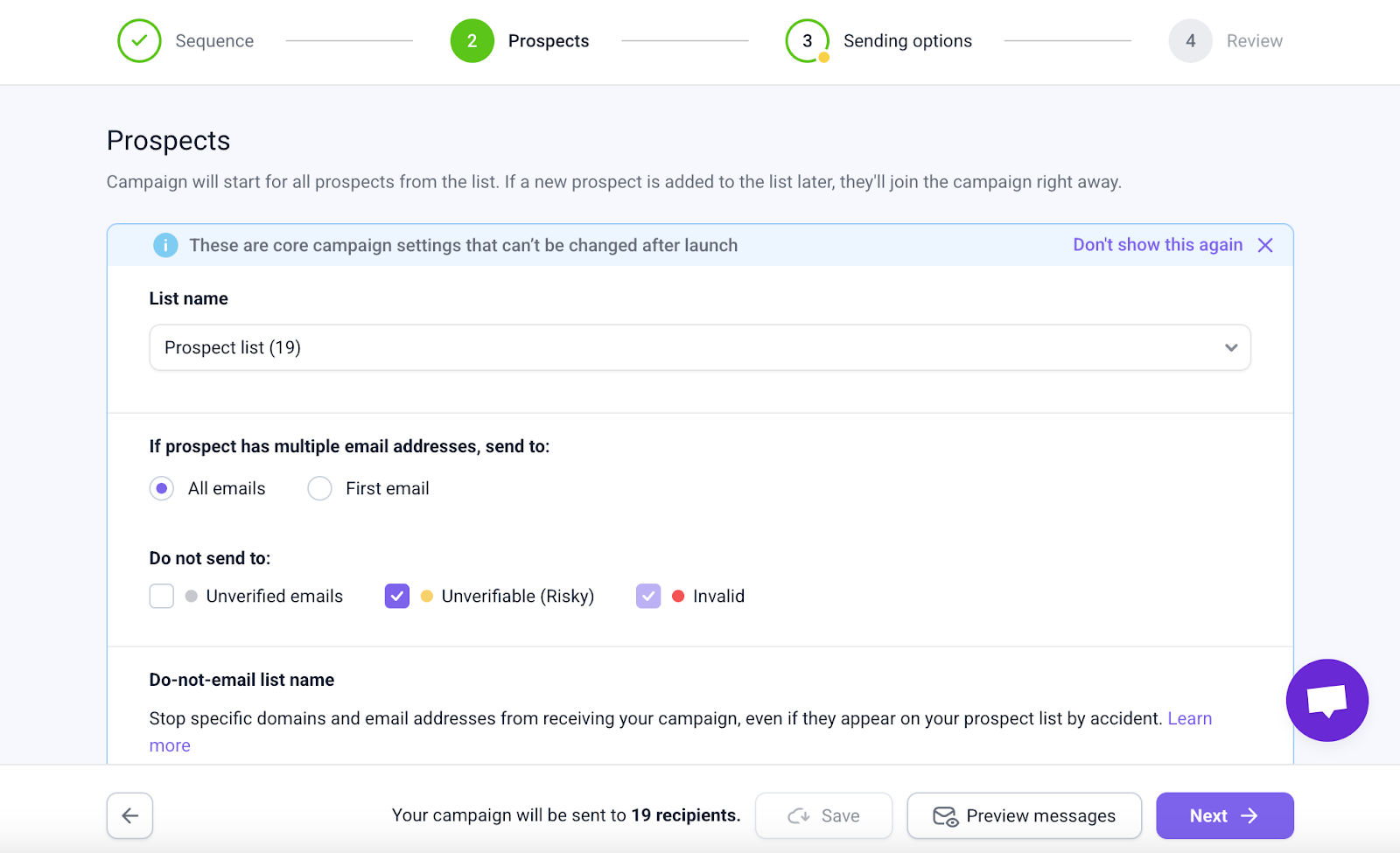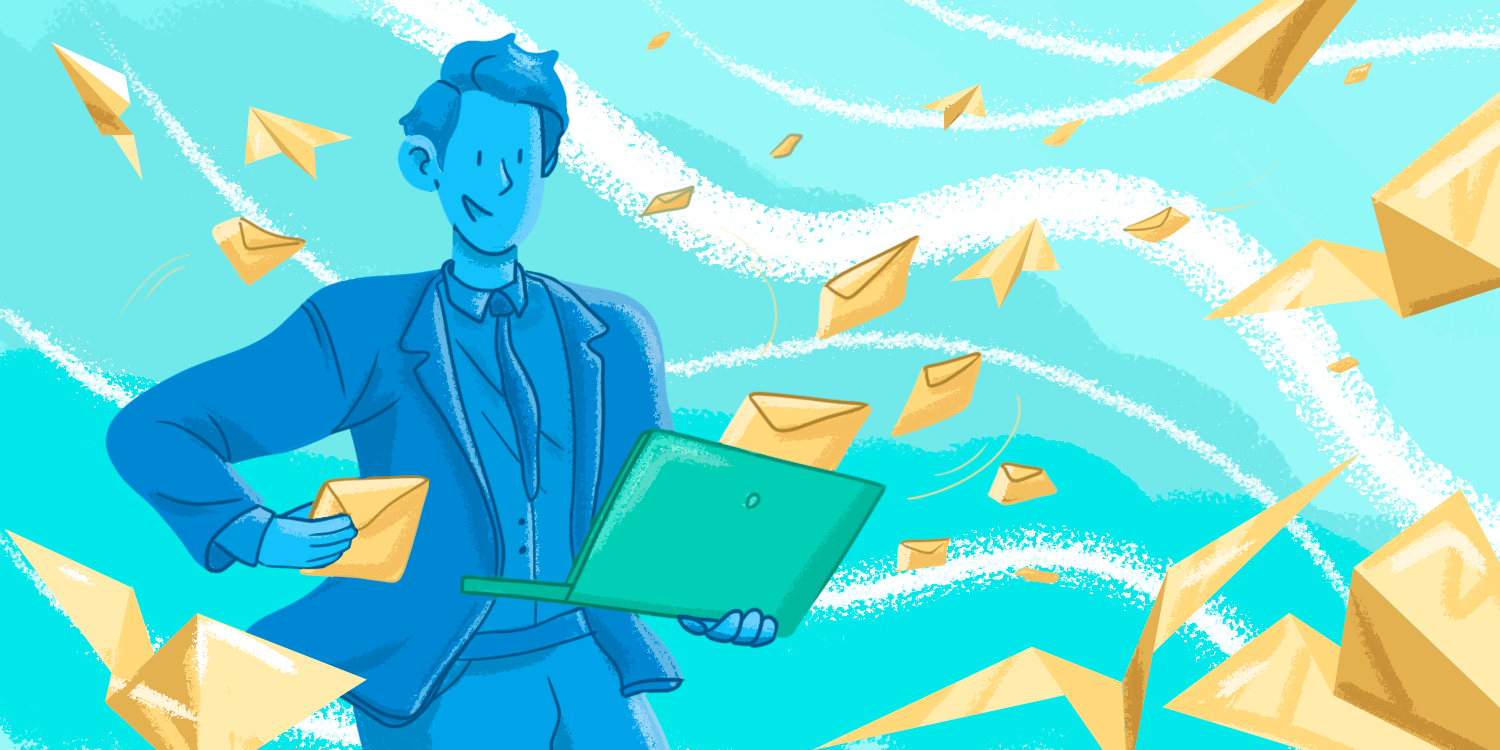Are you still spending long hours crafting the perfect cold emails just to get no replies in return? We know how that feels. Cold outreach can be tough, indeed, especially when done the wrong way.
No worries here! A data-driven plan and proven tricks you’ll find in this post will help you craft the best cold email strategy for your business.
Get ready explore the key elements behind high-converting outreach, from collecting emails to sending your first campaign, and boost your sales?
Let’s go!
Outline
What is a cold email?
A cold email is a way of reaching out to potential customers or businesses you haven’t communicated with before. As cold emails serve as the first touchpoint with sales prospects, they are your golden chance to make a lasting impression and build trust.
In marketing and sales, cold emails are used to establish a new connection with a potential customer, aiming to achieve the following goals:
- Introducing services and products to possible buyers
- Generating leads
- Promoting events, webinars, or special offers
- Getting featured by influencers, journalists, or media outlets
- Recruiting skilled professionals by engaging with passive job seekers
Remember: your cold email strategy‘s first and foremost objective is to break the ice and nurture a bond; don’t try to make a sales pitch right away!
Are cold emails legal?
That’s the first question that is usually asked by people who erroneously equate cold emails with spam. In fact, there’s a big difference between them.
Sending cold emails is an entirely legal practice as long as you do it properly. Just make sure to follow a set of rules to stay compliant with regulations like GDPR and the CAN-SPAM Act. These standards primarily exist to ensure that your business respects recipient rights and privacy.
To align with anti-spam laws, you should:
- make your campaigns relevant
- provide accurate sender information
- always include visible opt-out options in emails
- avoid any deceitful cold email content.
Is cold emailing still effective?
Despite common beliefs that cold emails are no longer efficient for achieving your business objectives, email marketing continues to thrive. In fact, cold emailing can bring you $9.5 billion in revenue — few other channels can boast of the same ROI.
Cold emailing has its pitfalls, however. No matter which of the cold email marketing strategies you choose, you may face the challenge of standing out in overcrowded inboxes.
Well, all is possible. Just remember to follow the four principles to make your cold email strategy CRiSP:
- Clear value proposition
- Relevance
- Segmentation
- Personalization
We’ll discuss these principles in more detail in the upcoming section. Stay tuned!
How to create the best cold email strategy for your business
The best cold email strategy always starts with a clear action plan that minimizes the risks of wasted sales and marketing efforts. Here is what you need to take care of when planning your campaign:
- Pick an email provider and get things set up properly
- Define the goal of your outreach campaign
- Research your ideal customer
- Find valid email addresses
- Personalize
- Use a compelling subject line and intro
- Provide value
- Include a clear call to action and offer an incentive
- Make your cold email brief
- Mind proper email timing
- Always follow up
- Optimize for mobile
- Check and improve email deliverability rate
1. Pick an email provider and get things set up properly
When it comes to an effective cold email marketing strategy, picking the right tool takes you halfway to sales success. By choosing wisely, you can free up time to focus on more strategic aspects rather than getting overwhelmed by operational challenges.
When looking for your perfect cold email software, factor in these aspects:
Easy prospecting
Top email tools make finding new contacts a breeze. Ideally, you should have constant access to an up-to-date database of sales prospects.

Your cold email strategy shouldn’t take up all of your time. Prioritize the tool’s automation features like condition-based follow-ups, scheduled sequences, and real-time notifications. They ensure everything runs smoothly while you can shift your focus to other priorities.
Smart personalization
Effective email tools offer customization possibilities, auto-insertion of recipient details, and smart AI personalization for your templates. Plus, consider the solutions that provide A/B testing opportunities to improve engagement and drive sales.
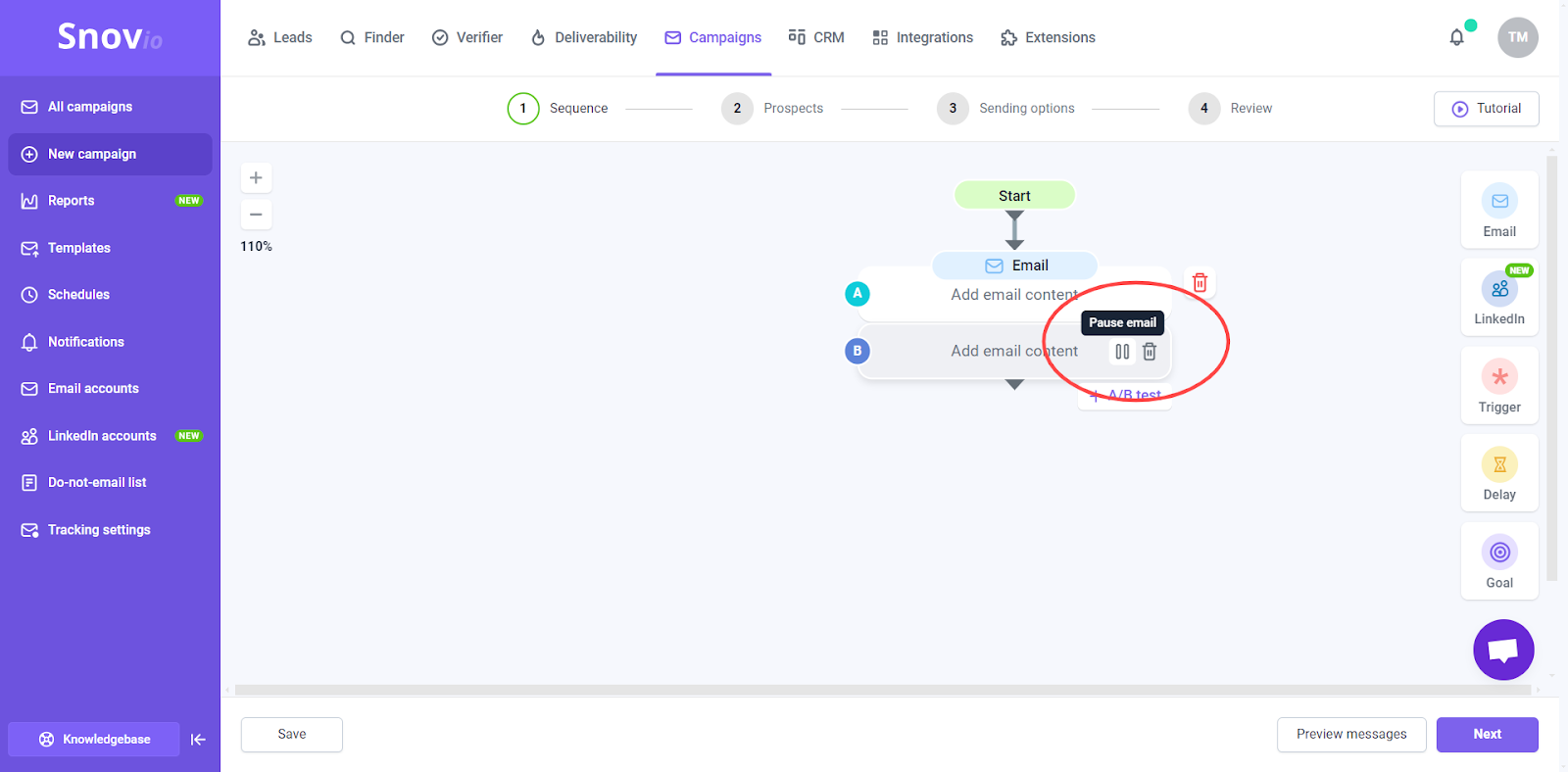
Multichannel campaigns
Pair your cold email strategy with LinkedIn and other channels. Your marketing efforts will likely be more fruitful when you use a provider that offers multichannel outreach options.
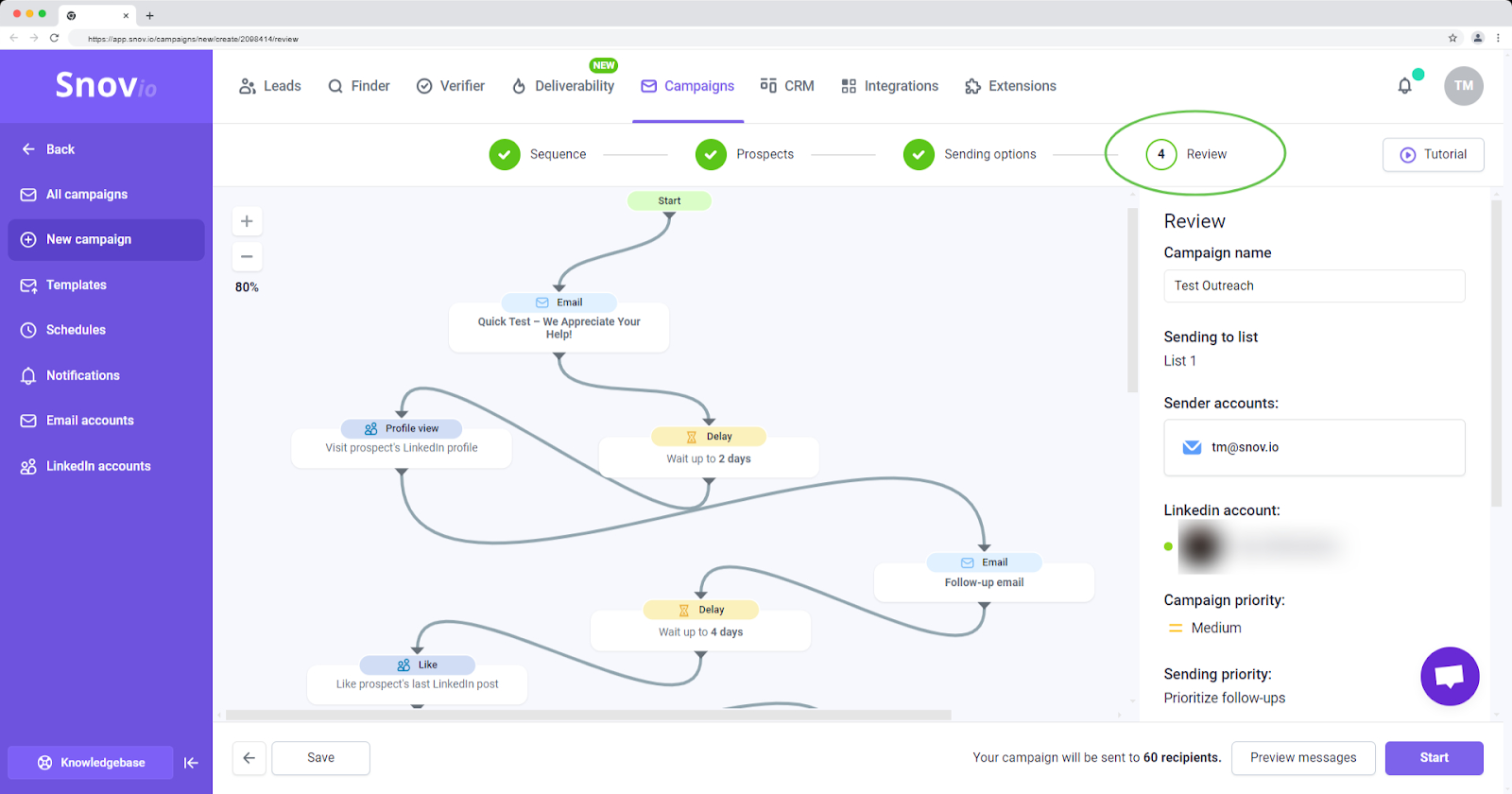
Deliverability & spam protection
Ending up in spam is probably the least desirable outcome for your cold emailing campaigns. Save yourself the trouble by choosing tools with features like email warm-up, domain authentication, and spam detection. This way, you can improve deliverability and ensure your messages always land in inboxes.
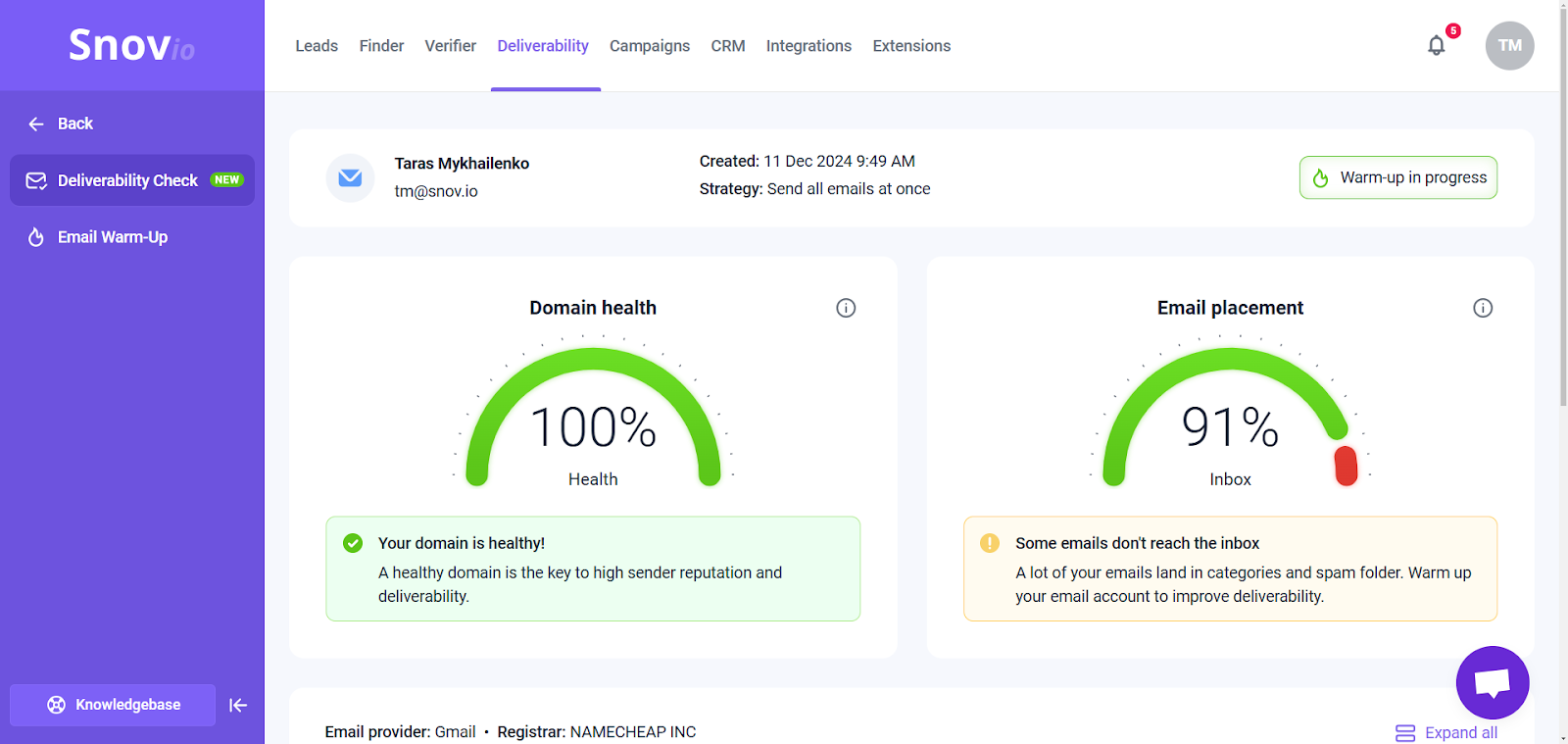
Scalable sending
Do you need to send emails in bulk? Rotating between multiple sender accounts helps to keep your campaign looking natural and prevent deliverability issues.
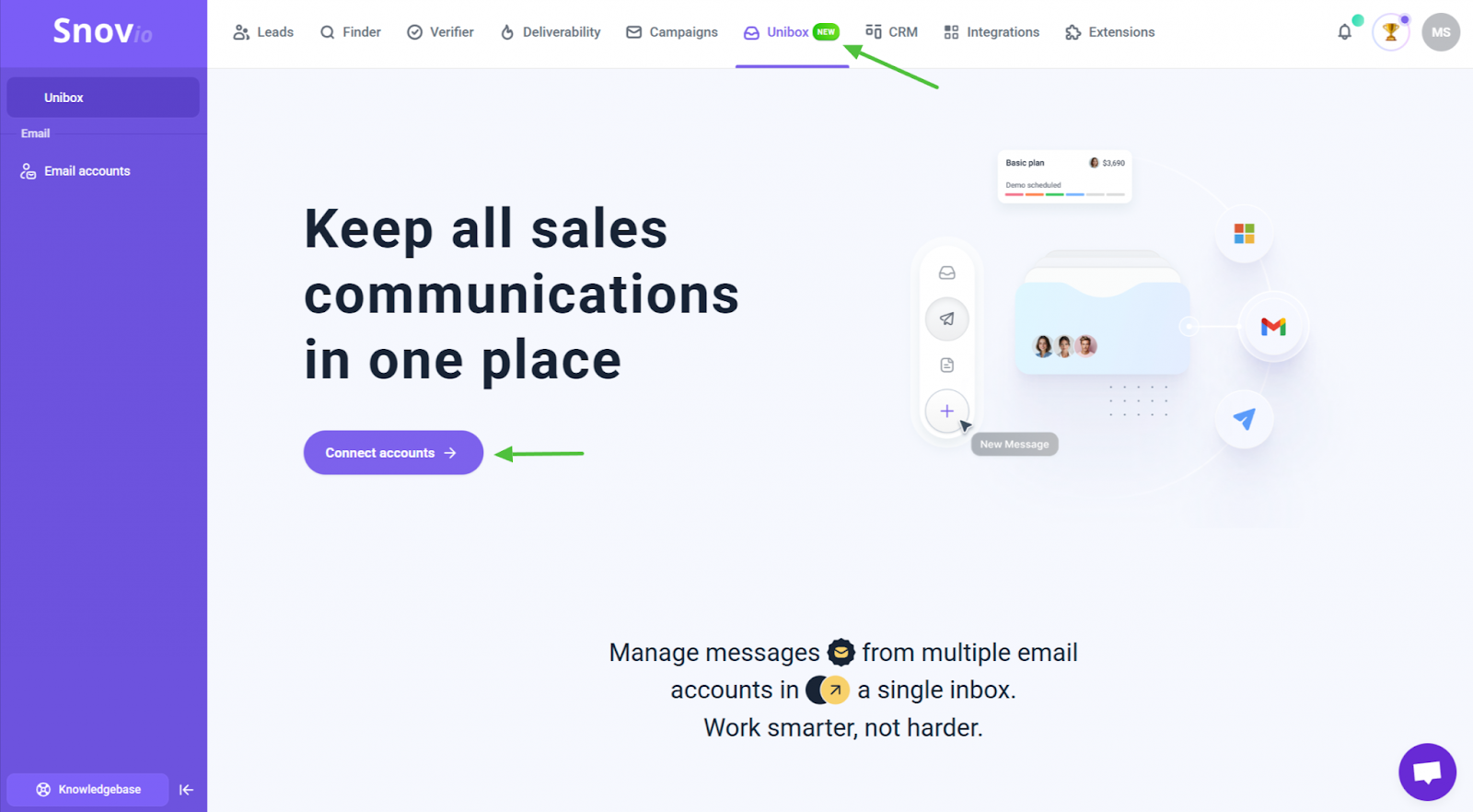
Clear analytics & tracking
What you can’t measure, you can’t improve. Make sure you choose email tools that equip you with real-time reporting and analytics so that you can tweak your cold email campaign strategy.
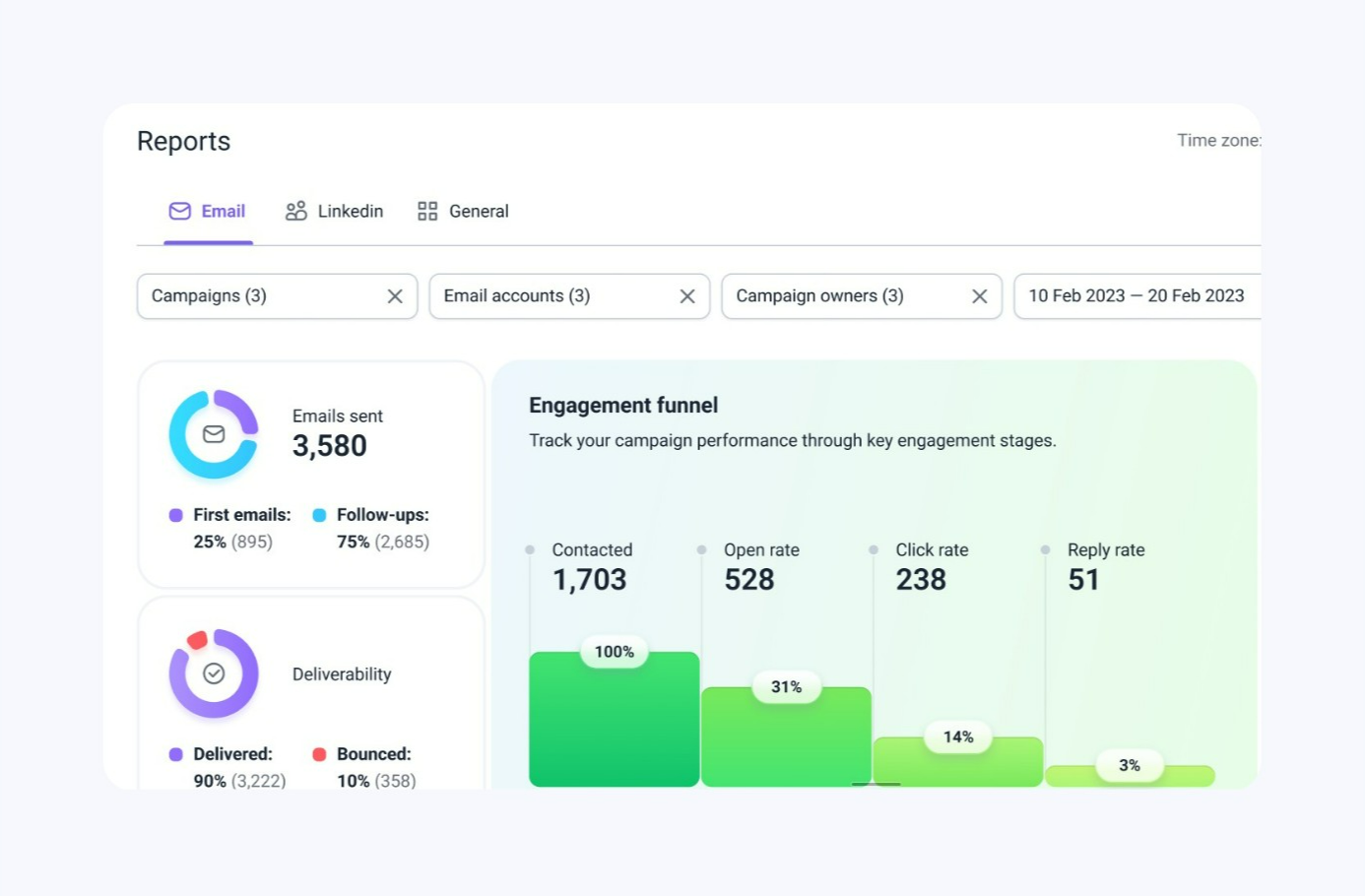
If you need an all-in-one sales automation solution that combines all the above-mentioned features, consider Snov.io. See what experts who’ve been successfully using this tool for cold outreach automation say about their experience on the platform:
Snov.io is the most complete platform for cold email and prospecting strategy! It speeds up the process and turns possible future revenue into actual present.
CEO of Populus Sales
Remember, tools that only send emails aren’t enough. Quality ones help you automate all processes, build connections, engage prospects, and grow your business.
2. Define the goal of your campaign
Now, you need to figure out what you want to achieve with your cold email strategy. This will later allow you to quickly evaluate if you’ve managed to hit your target or not.
Refrain from setting vague objectives like “increase sales’’. Instead, we recommend that you follow the SMART framework. According to it, all your marketing and sales goals must be specific, measurable, achievable, relevant, and time-bound.
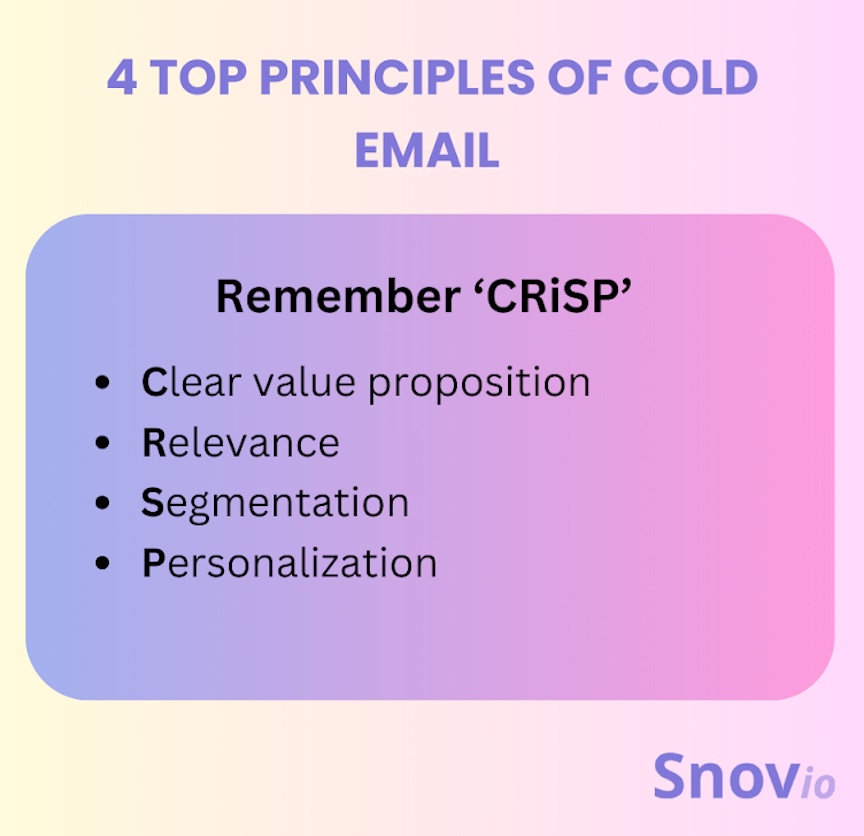
SMART goals provide guidance and ensure your cold email strategy is truly impactful.
Examples of cold emailing goals according to the SMART framework:
- Boost qualified leads by 15% this quarter
- Collect 5 customer testimonials within 2 weeks
- Get 25 targeted prospects to download your marketing report, with a 10% conversion to sales calls
- Book 8 calls with director-level decision-makers in 3 weeks
3. Research your ideal customer
It’s crucial that you have a crystal clear picture of who you’re reaching out to before starting to write emails. Sending generic messages to a mass audience won’t get you the results you need. You may simply end up with low engagement and missed opportunities.
To avoid this scenario, focus your cold email campaign strategy on researching your target audience and creating a detailed Ideal Customer Profile (ICP).
Put some thought into who can get the most out of your solution. Take a step back and ask yourself these simple questions:
- Who benefits from my services? Focus on their job titles, industries, and roles.
- What are their pain points and needs? Think about the challenges these people or businesses face and figure out how you can help.
If you already have your customer base, review their products, read reviews, and turn to your marketing team to spot some trends. Also, it’s highly recommended to go beyond the basics and segment your audience based on characteristics such as:
- Company size (small businesses, mid-market, enterprises)
- Industry or niche
- Revenue and growth stage
- Software/tools they use
- Job positions and seniority levels
- Location (city, state, country)
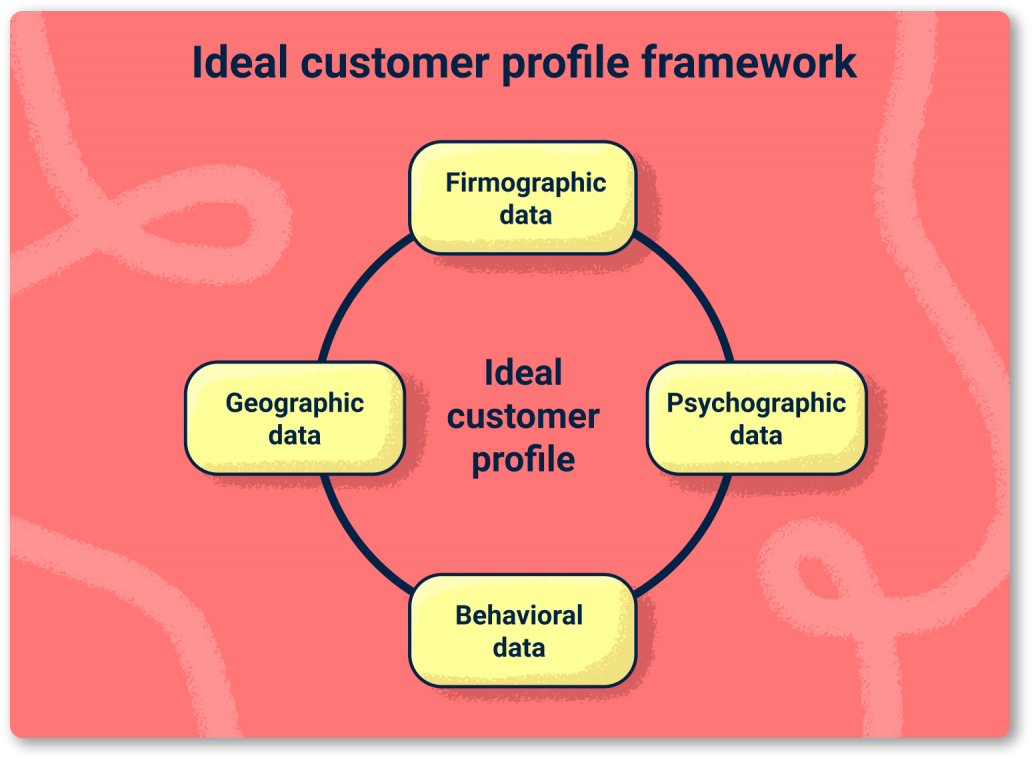
4. Find valid email addresses
Building a reliable prospect list is an essential step within your email marketing campaign. Luckily, there are email finder tools available to help you boost your efforts. They let you spot and collect correct leads’ addresses based on the following input data: names, company domains, or social links.
Plus, with in-built email verification features, you can feel confident that your efforts won’t go to waste.
5. Personalize
Just take a quick look at your inbox. How many of your emails actually stand out? If you see something along the lines of “valued customer,” the answer is probably none. Meanwhile, personalization is the king in any cold email strategy.
|
📈 What numbers say: According to recent data, over 60% of North Americans, 88% of Asians, and 80%+ Europeans would respond favorably to an email if its content is tailored to their interests. |
However, personalization should go beyond just mentioning someone’s name. It’s about showcasing that you understand who your prospects are and why your message matters to them. Here are some strategies on how you can do it:
- Reference specific details: Make it all about them by subtly bringing up an article they wrote, a project they’ve initiated, etc.
- Highlight why specifically them: Offer your reasoning for contacting this person in particular. Talk about why your offer can be uniquely beneficial for them.
- Tackle their pain points: People are usually more likely to take action when you help them deal with their problems. Make sure to emphasize how your solution alleviates their struggles.
|
💡 Expert tip You can use LinkedIn data to personalize your cold emails. Research prospects’ LinkedIn profiles to get insights into their recent activities, such as career moves or shared connections. Leverage this information in your emails to have more chances of catching their attention. You can also try using LinkedIn Prospect Finder to uncover the right opportunities and their contact info. |
Need more ideas for email personalization? Feel free to find them in this quick video:
6. Use a compelling and straightforward subject line and intro
In your cold email strategy, focus on subject lines that feel relevant, personal, concise, and clear to your prospects. Remember, you want to give them a reason to open your email, so refrain from generic phrasing. Instead, highlight the prospect’s needs and pain points.
Keep your subject line brief; ideally, opt for something between 3 to 10 words. With the great volume of emails people receive daily, we can tell for sure — brevity is the sister of clarity.
Consider these ideas and examples if you feel stuck writing subject lines for your templates:
- Reference something about their business
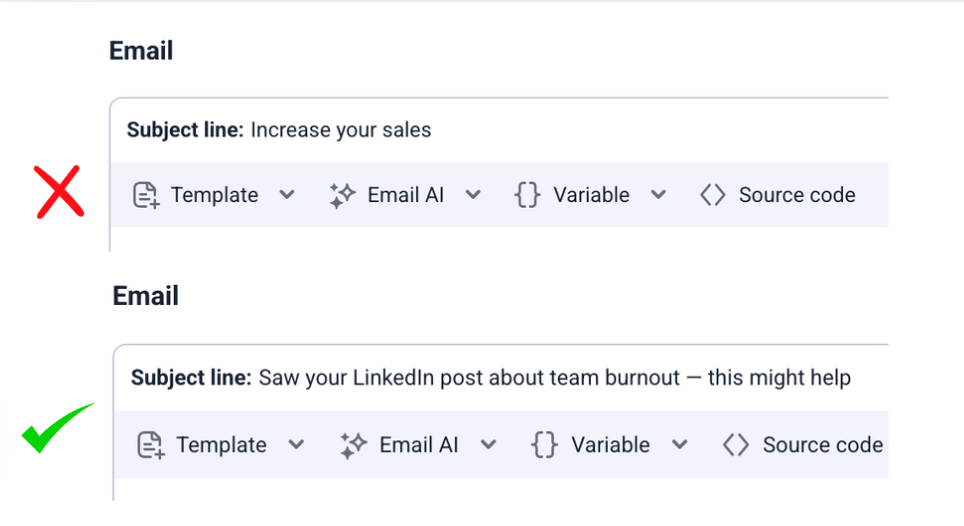
- Include specific numbers
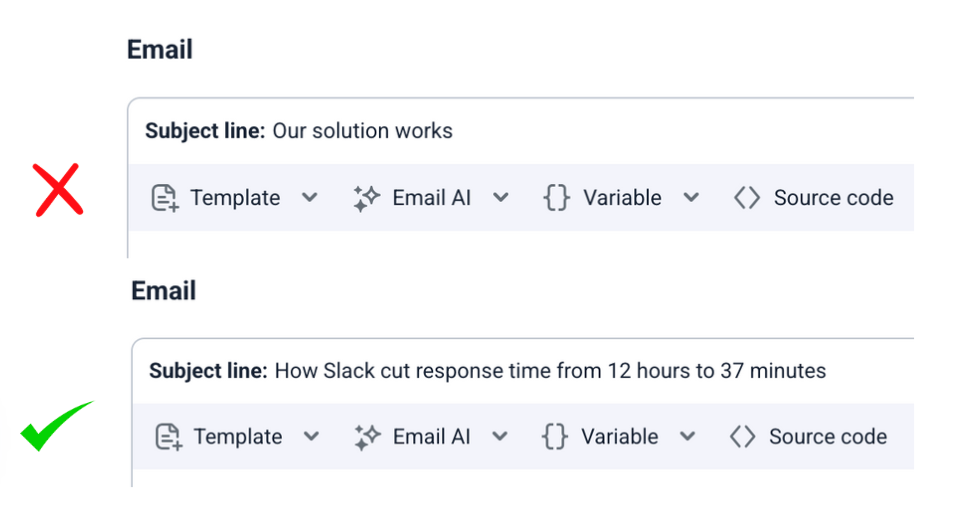
- Focus on providing value
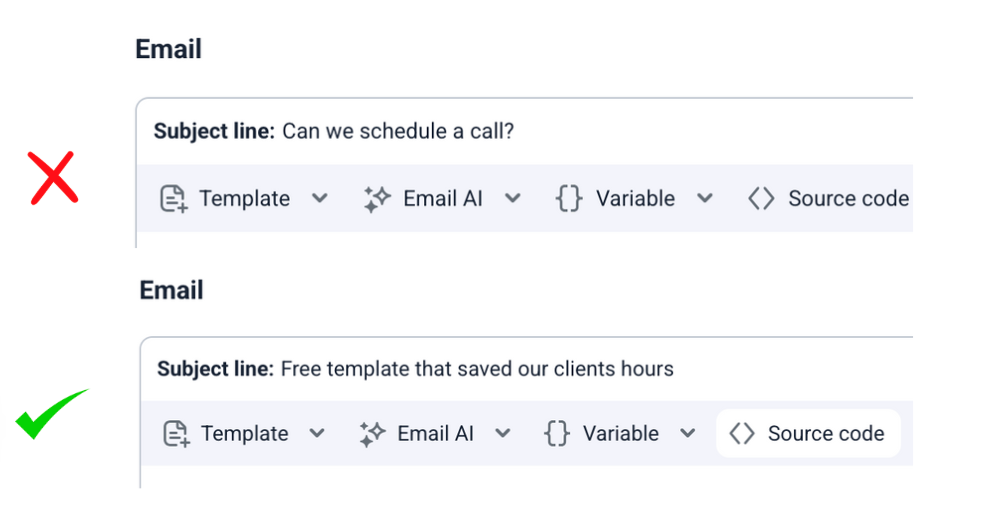
The first sentence of your message is equally important. Focus your intro on highlighting a common ground or showing you understand their pain points.
|
💡 Expert tip Use AI to speed up your cold email copywriting If you still struggle with writing the content for your cold emails, try an AI Email Builder from Snov.io. It can quickly generate a personalized, well-structured message based on your ICP insights or a quick prompt. You can also tweak the tone, check grammar, and even translate it into 36 languages. |
7. Provide value
To get more positive responses to your cold emails, ensure you’re clearly communicating your value proposition. Focus the email content not on the benefits of your solution but on the improvements your sales prospects will gain with it. You can try some of the most effective email frameworks:
- Problem-agitate-solution (PAS)
Problem: Identify specific challenges your prospect faces
Agitate: Emphasize why these issues need urgent attention
Solution: Position your offering as the ideal resolution
- Before-after-bridge (BAB)
Before: Describe their current situation with its limitations
After: Paint a picture of improved outcomes
Bridge: Explain how your solution creates this transformation
- Attention-interest-desire-action (AIDA)
Attention: Open with a compelling hook
Interest: Connect to their specific pain points
Desire: Show concrete benefits of your solution
Action: End with a clear, simple next step
8. Include a clear call to action and offer an incentive
A strong call to action (CTA) serves the purpose of leading your prospects to the conversion. Do not leave your potential customers guessing; help them take the desired steps with these tips:
- Align your CTA with your pitch
- Use only one CTA per email
- Make your CTA clear and visible
- Keep it short and direct
To leave a positive impression, support your call to action by offering something valuable. Rather than simply asking to book a sales call, share useful content, such as a resource guide, an exclusive marketing report, etc.
9. Make your cold email brief
Refrain from long-read templates. Business people have no time to read loads of content, especially when they receive it from strangers. Opt for plain language, bullet points, and white space to improve the readability of your cold emails.
|
💡 How long should a cold email be? To strike a balance between providing your prospects with enough information and respecting their time, stick to 75-125 words. Instead of flooding your potential customers with walls of text, focus on clearly communicating a single value proposition. |
10. Keep proper email timing
There’s no single rule as to the perfect time to send cold emails. It all depends on your prospective customers, their habits, and their business routine.
Yet, you need to study your audience well to notice the best working tendencies. With time, you’ll be able to find those hours and days of the week that usually bring you more conversions.
11. Always follow up
You may do everything right with your cold emailing approach and still get no reply. This shouldn’t signal that recipients are not interested in your product or service. People could just miss your email or need more information. This shouldn’t discourage you from trying to reach out to your prospective customers once again. Having a good cold email follow-up strategy in place is important to keep your pitch fresh in their mind.
But how to follow up on a cold email so you get the desired response? Take into account this simple set of rules:
- The optimal number of your follow-up emails is around 2-3; it’s usually not worth going above 4. If you receive no reply, just move on — you don’t want to look intrusive in their eyes, after all, do you? You’d better invest time in nurturing those prospects who’ve already shown some interest.
- Make sure to space out your follow-ups over 3-5 business days. Remember, your messages should be relevant, not spammy.
- Avoid any passive-aggressive phrasing or other language that might give away your frustration. Instead, demonstrate your empathy to be able to build meaningful connections with your prospective customers.
- Add even more value by attaching new resources every time you follow up on your emails.
|
💡 Expert tip: To increase your chances of getting a response, you can use a multichannel approach in your follow-up strategies. For instance, you can mix your email follow-ups with LinkedIn messages. Cold outreach tools like Snov.io will help you manage this sequence perfectly well. You can set conditions based on recipient behavior, so each follow-up message will be sent automatically. |
12. Optimize for mobile
The majority of people check email on their smartphones these days. If prospects don’t like how your cold email looks in their inbox, it will take them a swipe to delete it.
Therefore, try to make every pixel count:
- Use a responsive design that adapts to any device
- Keep your message brief with plenty of white space
- Make your CTA tap-friendly
- Compress images to ensure quick loading
- Choose readable fonts at appropriate sizes
- Stick to simple single-column layouts
- Create preview text that entices opens.
13. Check and improve email deliverability rate
Regularly monitor the performance of your campaigns to see any bottlenecks and come up with improvements. Pay special attention to the deliverability rate.
Notice any issues? Warm up your account, optimize email content, reduce the spam rate, and strengthen your sender reputation. This will help you avoid deliverability problems in further campaigns.
|
🎁 Need to enhance your outreach strategies to ensure your emails always reach your customers? Learn how to monitor your email deliverability, reduce spam rate, and warm up your account with our free guide. |
How to build your first cold email campaign with Snov.io
With Snov.io, you can build your cold email strategy from A to Z. To create your first cold email campaign with the tool, first log in and locate the ‘Campaigns’ section in the dashboard.
Next, click “Create Campaign.”
When building your sequence, just drag and drop the elements of the campaign:
You can create emails with personalization variables, set conditions like “opened email” or “clicked link,” and add natural delays between messages.
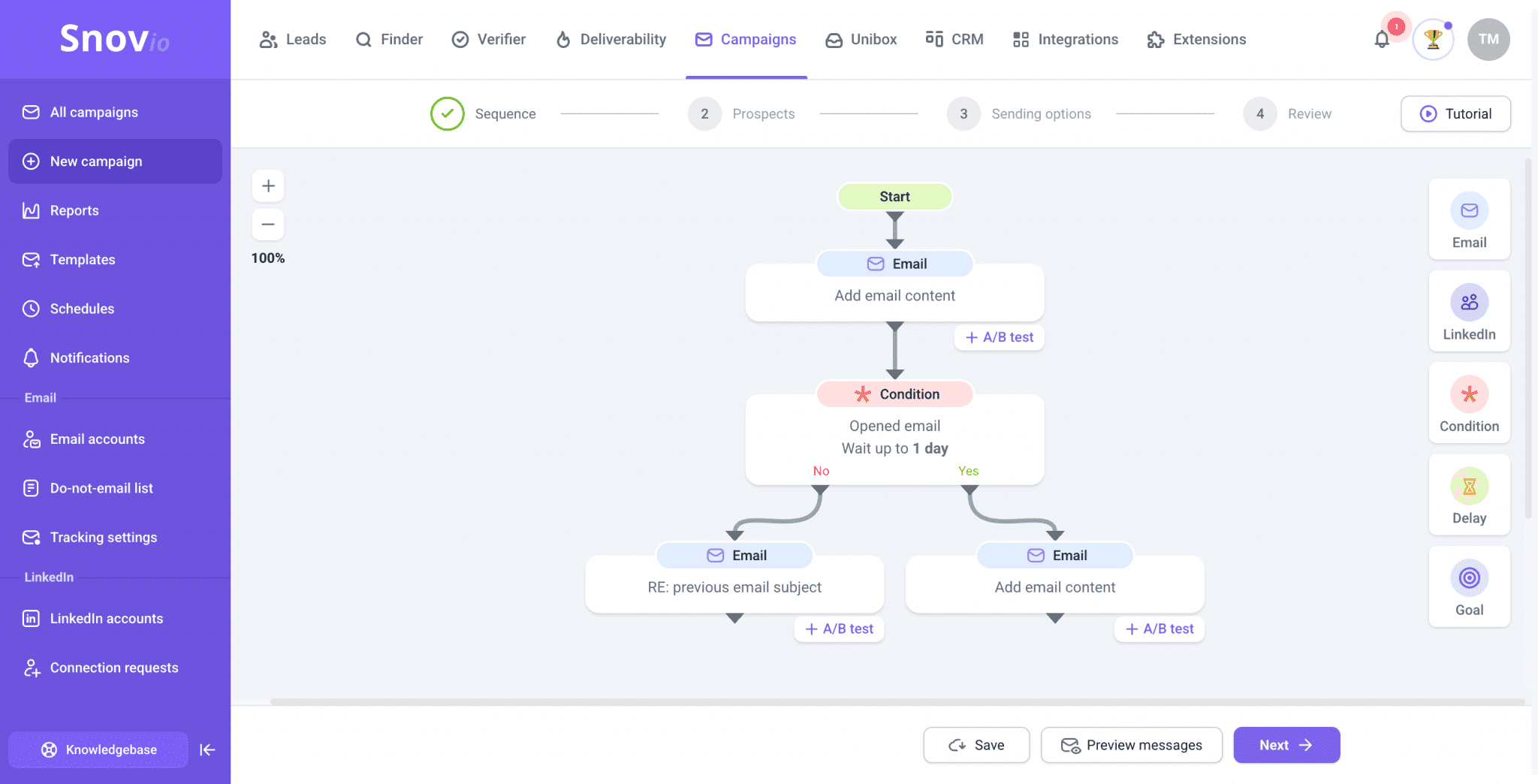
To save time, you can use your own templates or generate new ones with the help of AI.
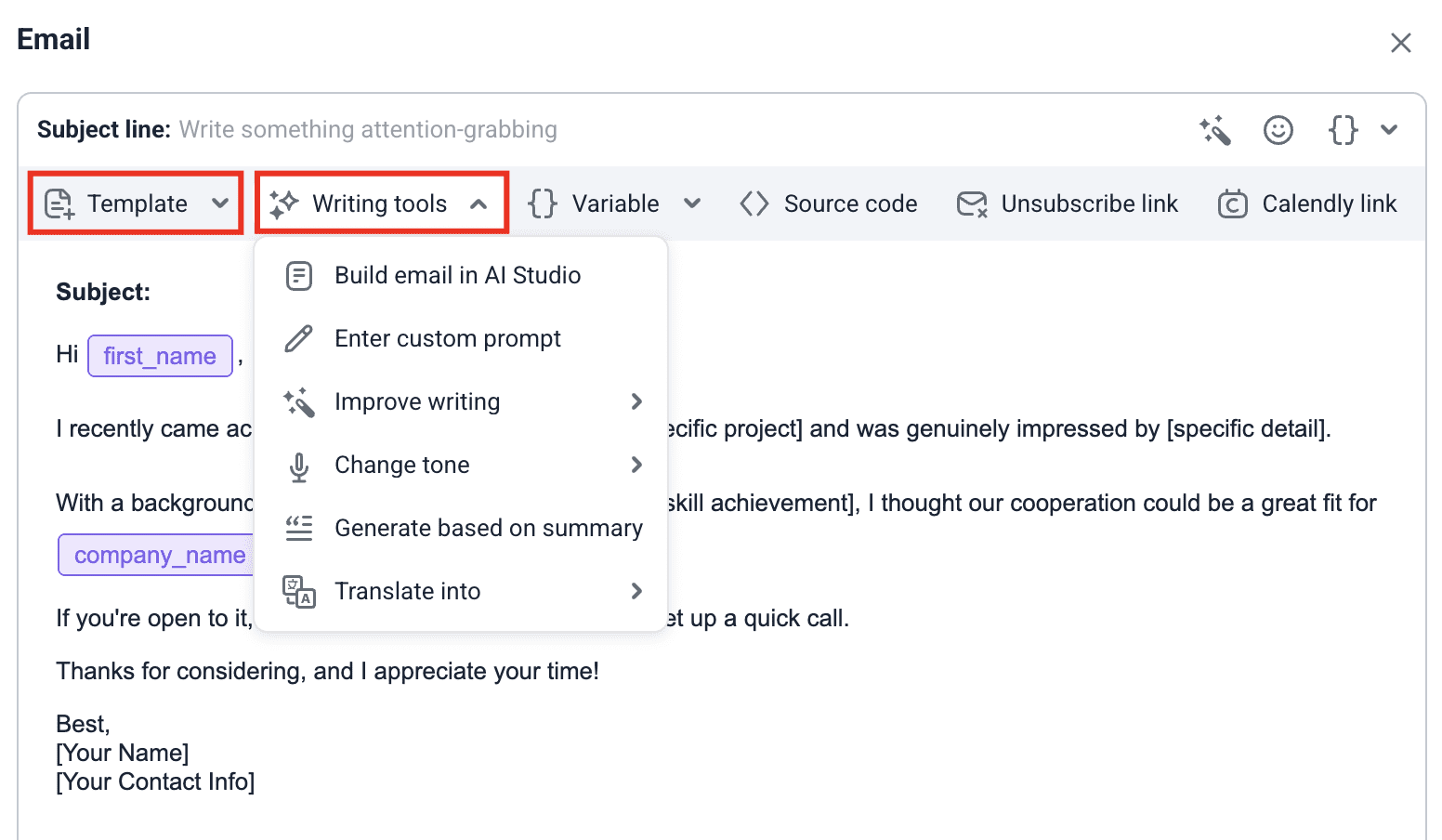
Then, select your prospect list.
Lastly, complete the setup by choosing the account from which you’ll send your emails, setting a schedule, and tracking options.
To ensure safe open tracking, mark the Magic pixel box.
Now, your cold email campaign is ready to be automatically sent.
To check your campaign performance, go to the Reports tab. There, you can see a detailed breakdown of important metrics, such as engagement funnel, deliverability rate, emails sent, and more.
Wrapping up
Now that you know how to create an effective cold email strategy, it’s your turn to make it the growth power for your business. Use personalization, create compelling subject lines, and remember to send timely follow-ups to boost your sales and marketing success.
May Snov.io care about the automation of your cold email outreach and save you precious time so you can focus on strategic priorities!


